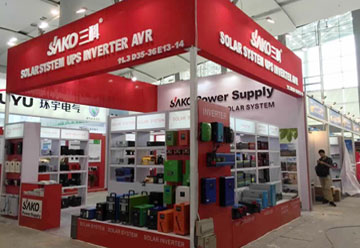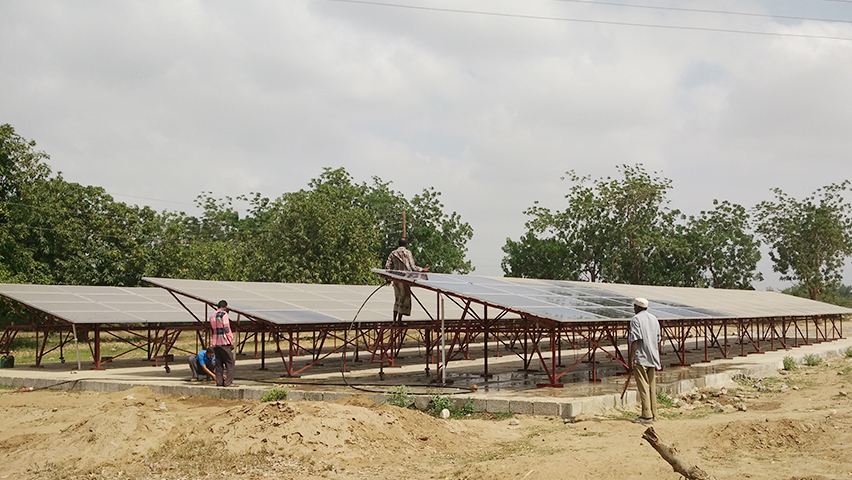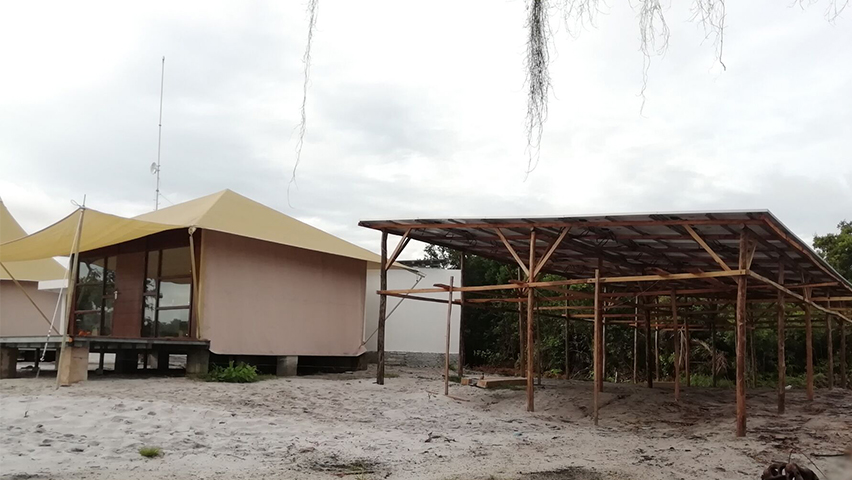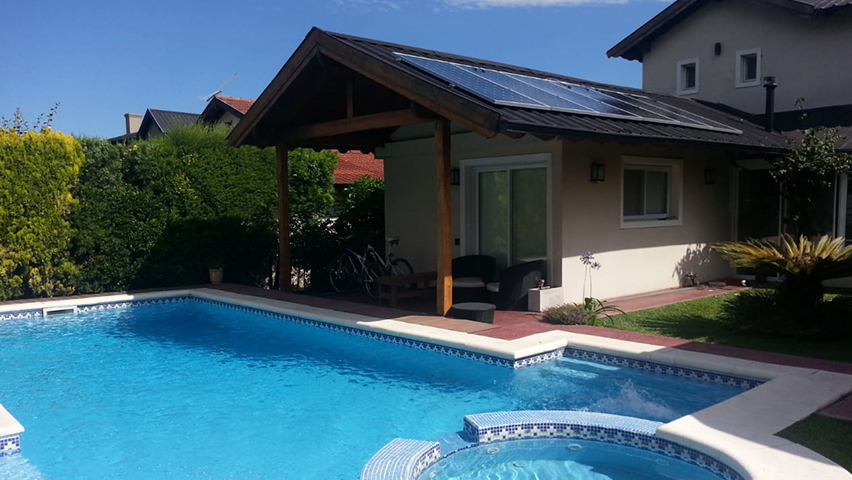The solar pump system is described in the article as an alternative electrical energy source and goes through the advantages of the system and how it works.

A solar pump system: what is it?
A solar system employs a pump that transforms energy from sunshine into motion. Water, wastewater, and other liquids and gases may be moved using solar pumps. They may be utilized in rural areas without access to power.
It is crucial to consider the application’s particular requirements before constructing a solar pump system. For instance, a solar pump system could operate more effectively if it pumps water rather than sewage. Therefore, a solar pump system should also be scaled properly. For instance, a remote solar pump system would work well for pumping groundwater but not for transporting water from a lake or river.
Typically, a power source (such as batteries or an electrical connection) and an installation site that receives sunlight are needed for every solar pump system (such as on the roof or in direct sunlight). The energy needed to run the pump will also depend on the size of and solar panel.
How does the system of solar pumps operate?
A solar pump system generates a flow of water or another fluid using the sun’s power. This can be used in rural communities or farms without access to the electrical grid. A solar pump system works on the straightforward premise that a tiny fan pulls air over a closed liquid container. The sun heats the air, and as a result, the liquid is forced upward via the fan. The cycle then resumes as the increasing liquid forces the air out of the system.
There are several varieties of solar pumps, each with benefits and drawbacks. For example, the ground-source heat pump is a popular solar pump type (GSHP). GSHP systems utilize the heat energy of the ground to move cold water or another fluid. This kind of solar pump is very useful in regions with plenty of sunshine, such as deserts or rural areas. Additionally, GSHPs are fairly efficient, using just a small amount of energy to generate a fluid flow.
The water-wheel pump is another popular kind of solar pump. Water-wheel pumps use wind energy to propel the rotation of a wheel containing water. The wheel’s rotation produces water.
The advantages of a solar pump system from SAKO
There are many advantages of a SAKO solar pump system over conventional water pumps. A solar pump system, for instance, may be used to run aquariums, hydroelectric plants, and irrigation systems. A solar pump system may also be controlled remotely, which is useful in places with poor access to power.
What features of a SAKO solar pump system are the best?
Installing a SAKO solar pump system has many benefits, but here are just a few of the best:
The solar pump systems from SAKO are emission-free and ecologically beneficial.
They are dependable, strong, and effective.
They are rather simple to install.
Conclusion
For your home or place of business, a solar pump system might be a wise investment. Get in touch with SAKO’s customer service department to learn more about solar pump systems.






